7 drought-tolerant plants that will survive a heatwave
These are the best plants to survive in hot weather
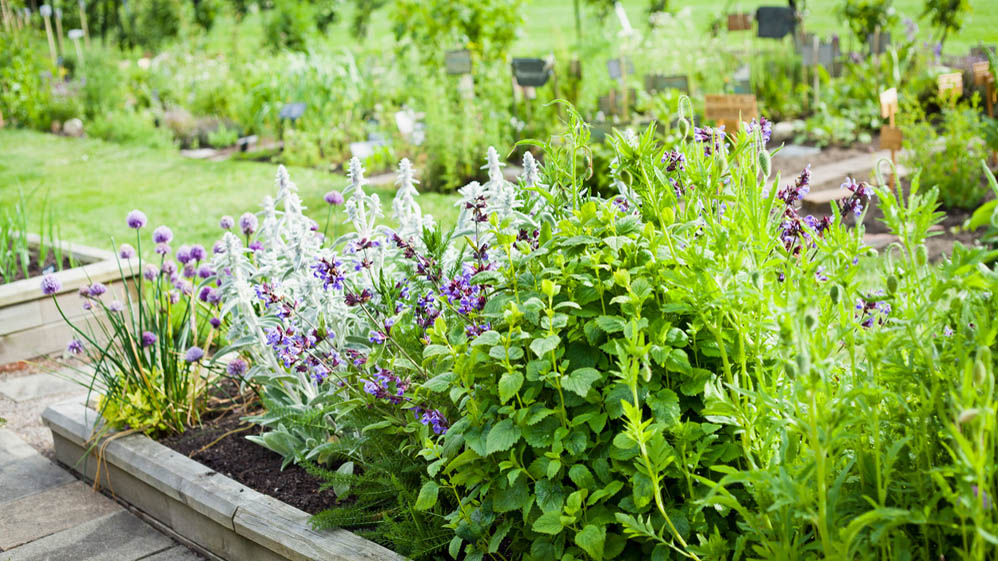
With temperatures rising around the world, our gardens are also suffering from the intense heat. And if you’re looking to spruce up your backyard with hardy, summer plants, you’ll need drought-tolerant plants to survive in a heatwave. This is especially the case in dry regions such as the southwestern states, where growing plants can be a challenge.
Not only can they thrive in hot conditions, but drought-tolerant plants can be more sustainable. Since these species require less watering, they'll help cut back on the water bill, which also helps you lower your energy bills this summer. What’s more, you can go away on vacation without the worry of coming home to dried or wilting plants.
Luckily, there are plenty of self-sufficient plants that can cope well with dry conditions and survive on very little water. Bear in mind, they will need sufficient watering initially, but once they establish a good root system will require little water and be relatively low maintenance. Of course, always refer to the care instructions for individual plants for extra guidance.
So, if you want to beat the heat, here are 7 drought-tolerant plants to spruce up your yard.
1. Lavender
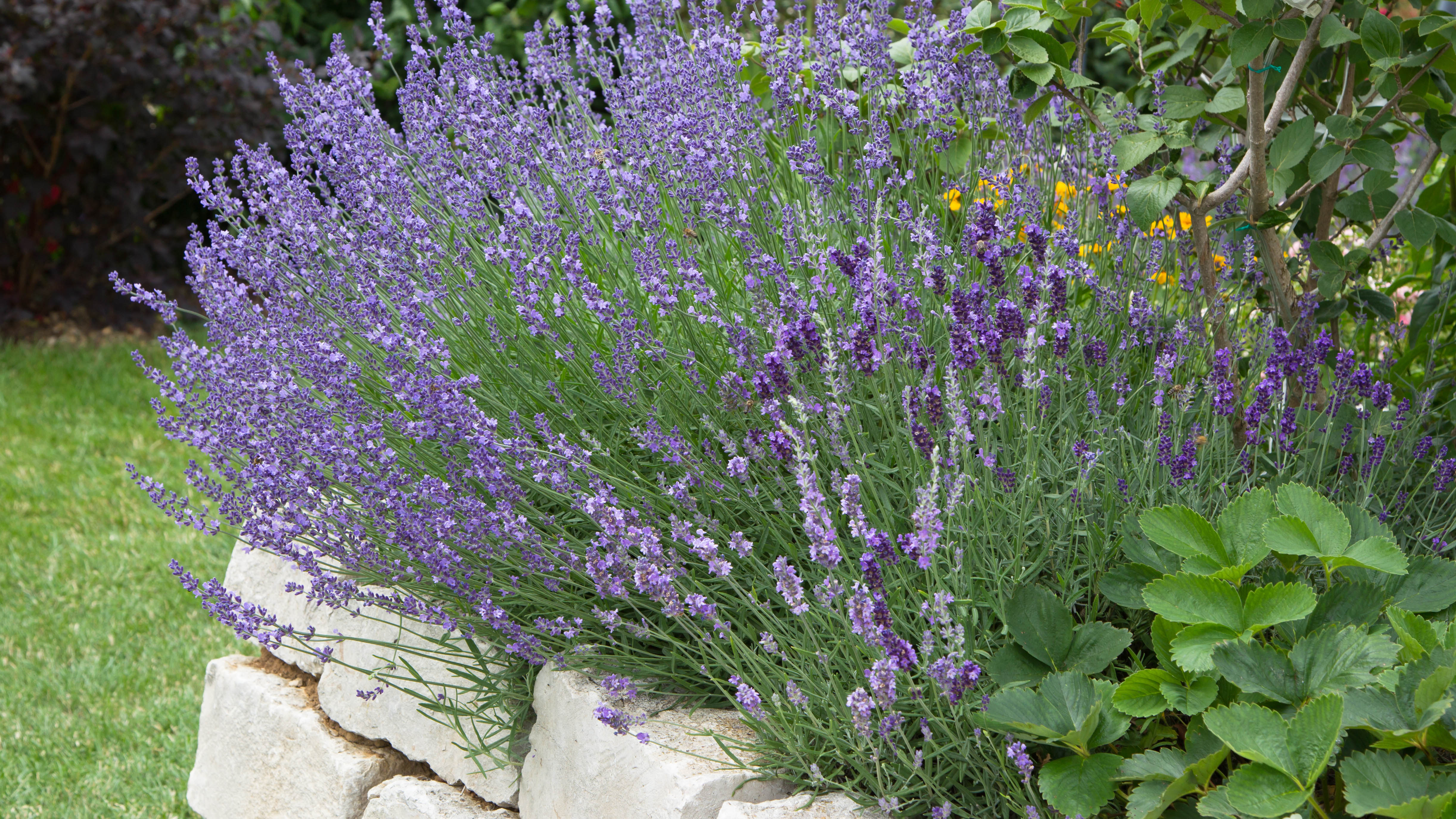
Lavender is a common, drought-tolerant plant that blooms all year round. Known for its vibrant, bluish-purple flowers and fragrant aroma, these are naturally found in dry, sandy soil and can survive on little water. It’s advisable to keep the soil moist during the first year, but typically, you'll only need to water when the first few inches of soil is dry. You can use this handy XLUX Soil Moisture Meter Plant Water Monitor ($12, Amazon), to monitor this. Lavender is also known for its calming, relaxing properties, and can even help you sleep at night.
2. Aloe
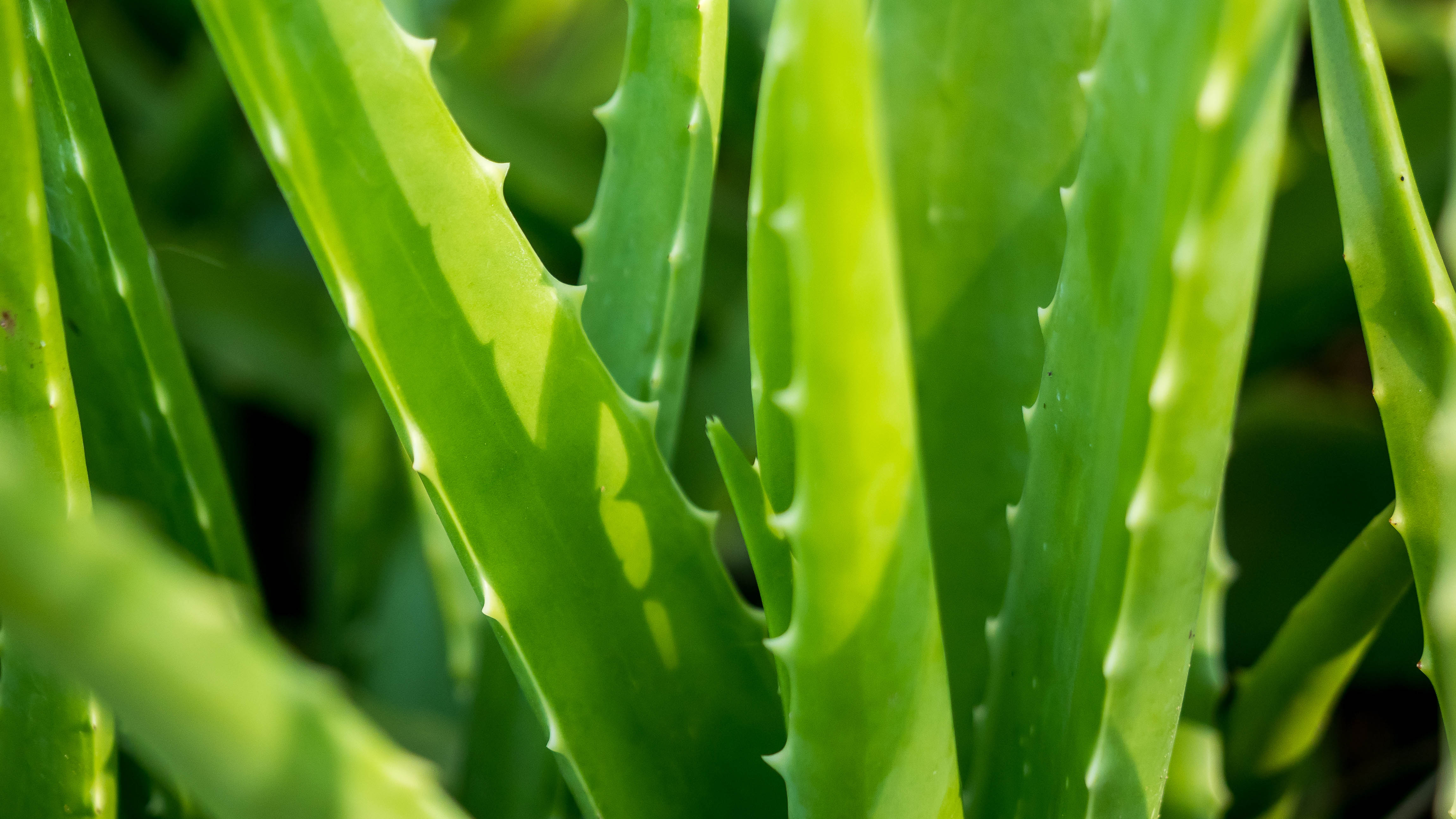
The aloe plant comprises hundreds of sub-species, and is a great, drought-tolerant plants to survive in a heatwave. Aloe grows and thrives in hot climates, and usually only needs watering every fortnight. If you’ve had some rainfall, this is usually enough to help an aloe plant thrive without watering. The same applies for winter months, when the cooler temperatures and increased moisture will be sufficient. For aloe houseplants, allow the soil in the pot to completely dry out before watering and provide good drainage.
3. Bougainvillaea
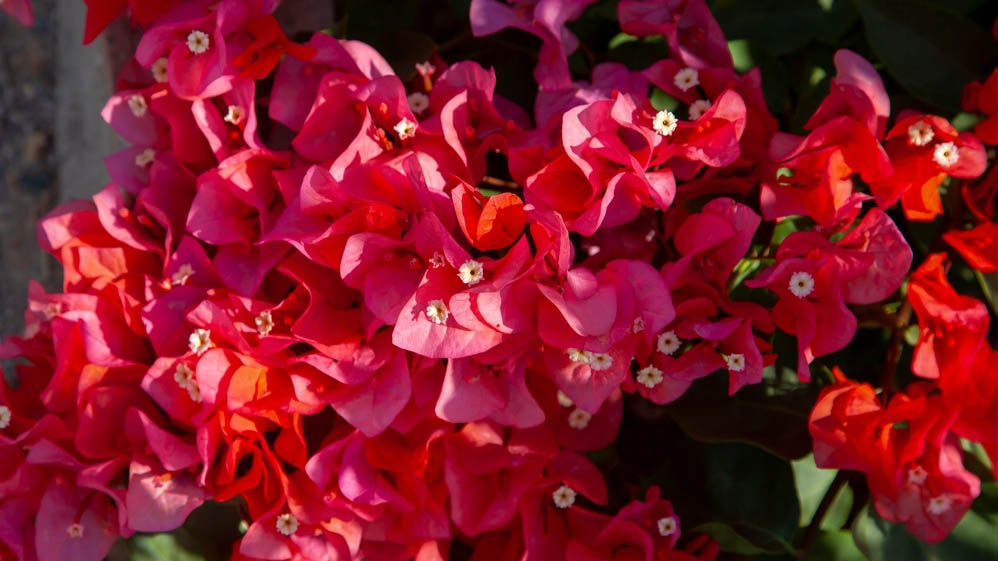
With its vibrant, fuchsia color, bougainvillaea is a popular flowering vine in areas with year-round warm climates. Bougainvillaea, commonly called paper flower, was initially discovered in Brazil during French Admiral Louis de Bougainville’s 1768 voyage, and was named in his honor. Its modified leaves, called bracts, make it a heat-loving plant that can cope well with temperatures above 100° F, but it thrives as long as temperatures stay above 60° F. Best of all, these will only require watering every three or four weeks.
Sign up to get the BEST of Tom's Guide direct to your inbox.
Get instant access to breaking news, the hottest reviews, great deals and helpful tips.
4. Verbena
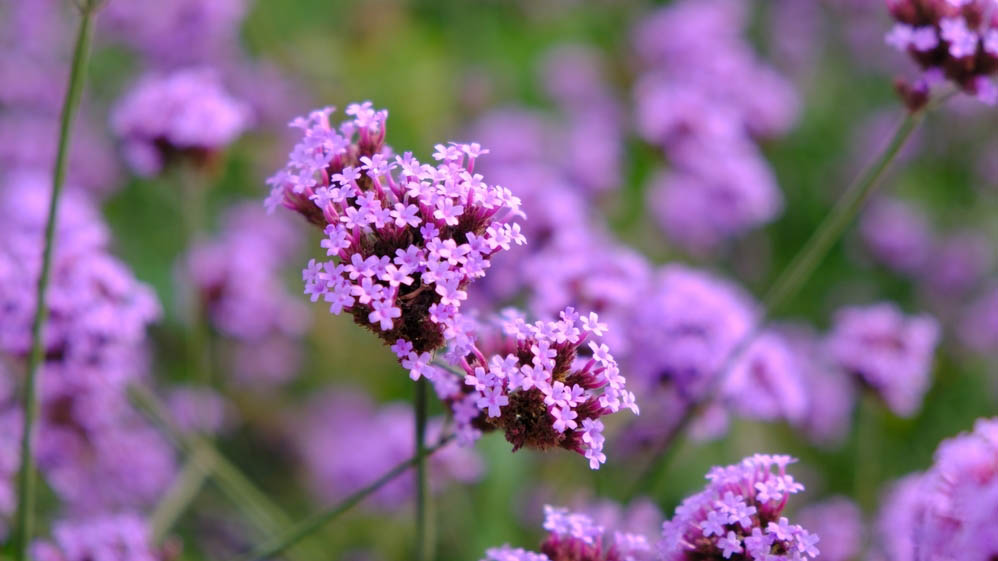
These tiny, purple clusters of flowers are another heat-loving plant, and tend to quickly spread on the ground. Verbena’s thrive well in full sun, with at least six hours of direct sunlight a day. In addition, they only require about an inch or so of water each week, making them easy to care for. You can choose from over 200 varieties of verbena to add a burst of color to your backyard, and attract the butterflies too.
5. Coneflowers (Echinacea)
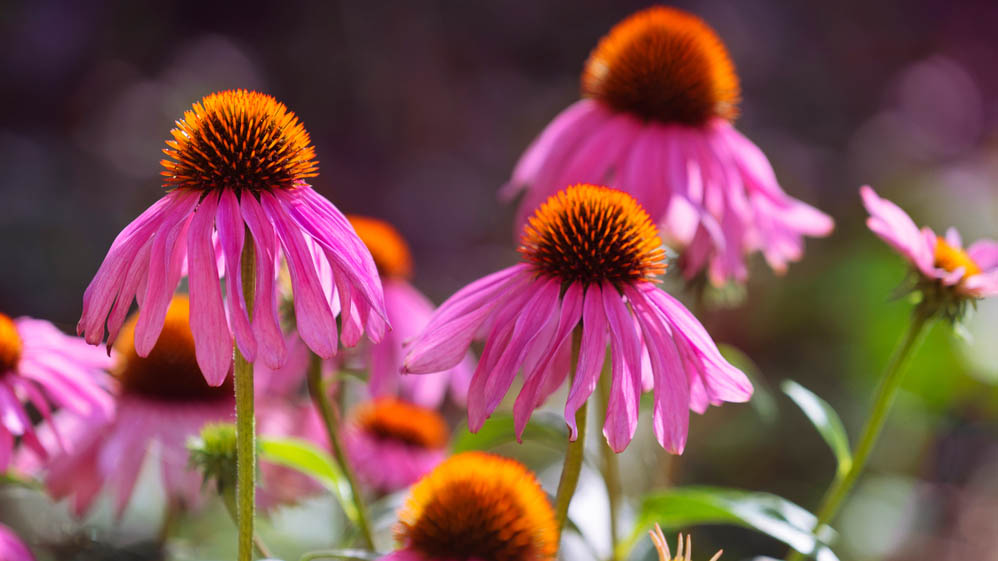
The pretty coneflower, or echinacea, can withstand heat and high humidity, making it ideal in both droughts and humid environments. These tend to thrive well in dry, well-drained soil, so avoid overwatering and additional fertilizer. What’s more, the brightly-colored blossoms are low-maintenance, with long blooming periods that can last up to the first frost. The coneflower can also make excellent dried or cut flowers for ornamental flower arrangements. Best of all, coneflowers are very attractive to pollinators, so tend to attract lots of bees, butterflies and birds.
6. Cosmos
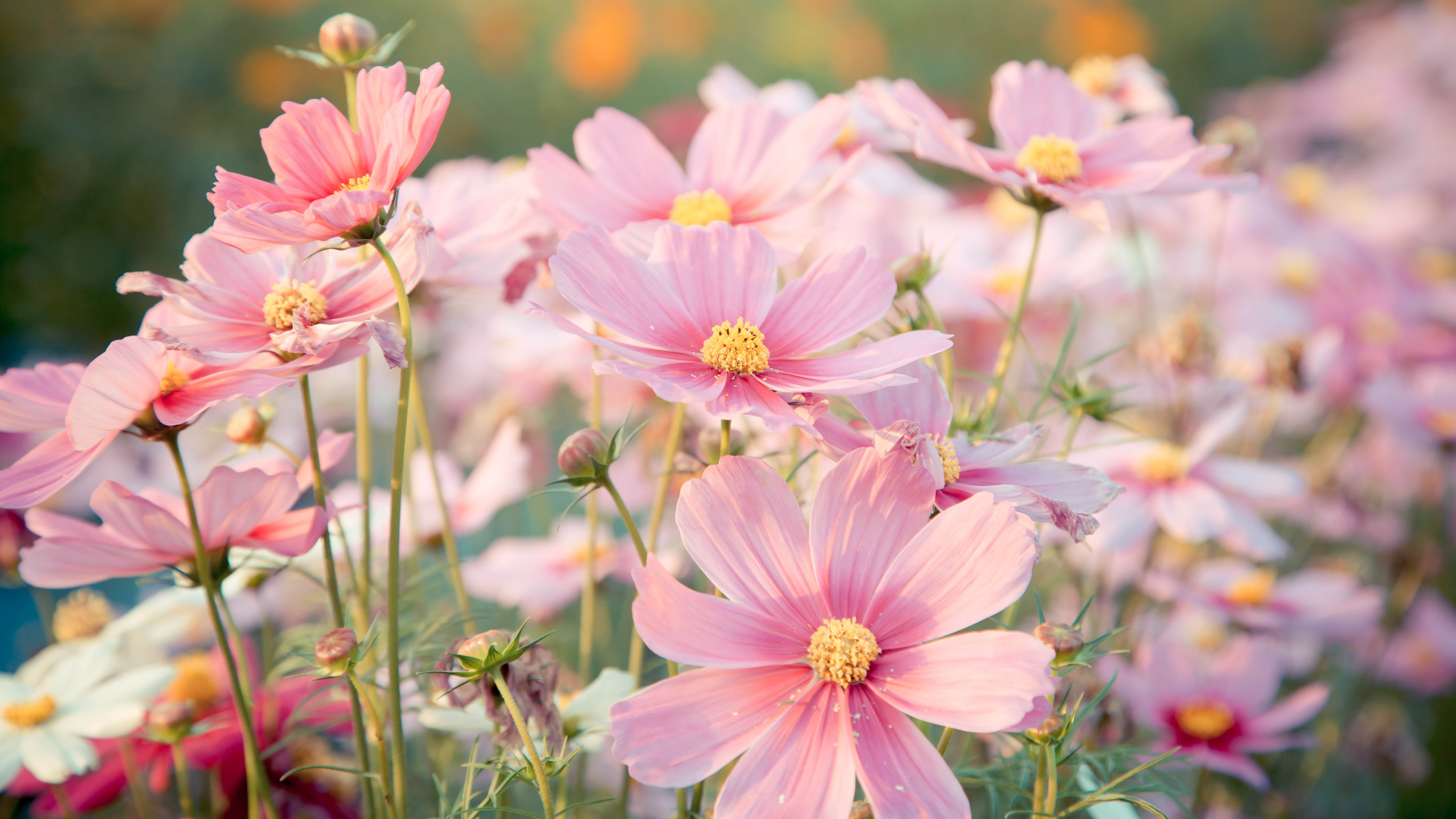
The cosmos is another heat-loving plant that copes well in direct sunlight and temperatures above 60° F. You can plant cosmos from seed in summer or spring, as cosmos seeds sprout faster in hot soils and dry summer temperatures. They do need water to germinate, but only water when the foliage begins to wilt, as they thrive in dry soil conditions. The meaning of cosmos comes from the Greek ‘kosmos’, meaning beautiful, and these brightly coloured bloomers can grow anywhere between 18 to 60 inches tall.
7. Marigolds
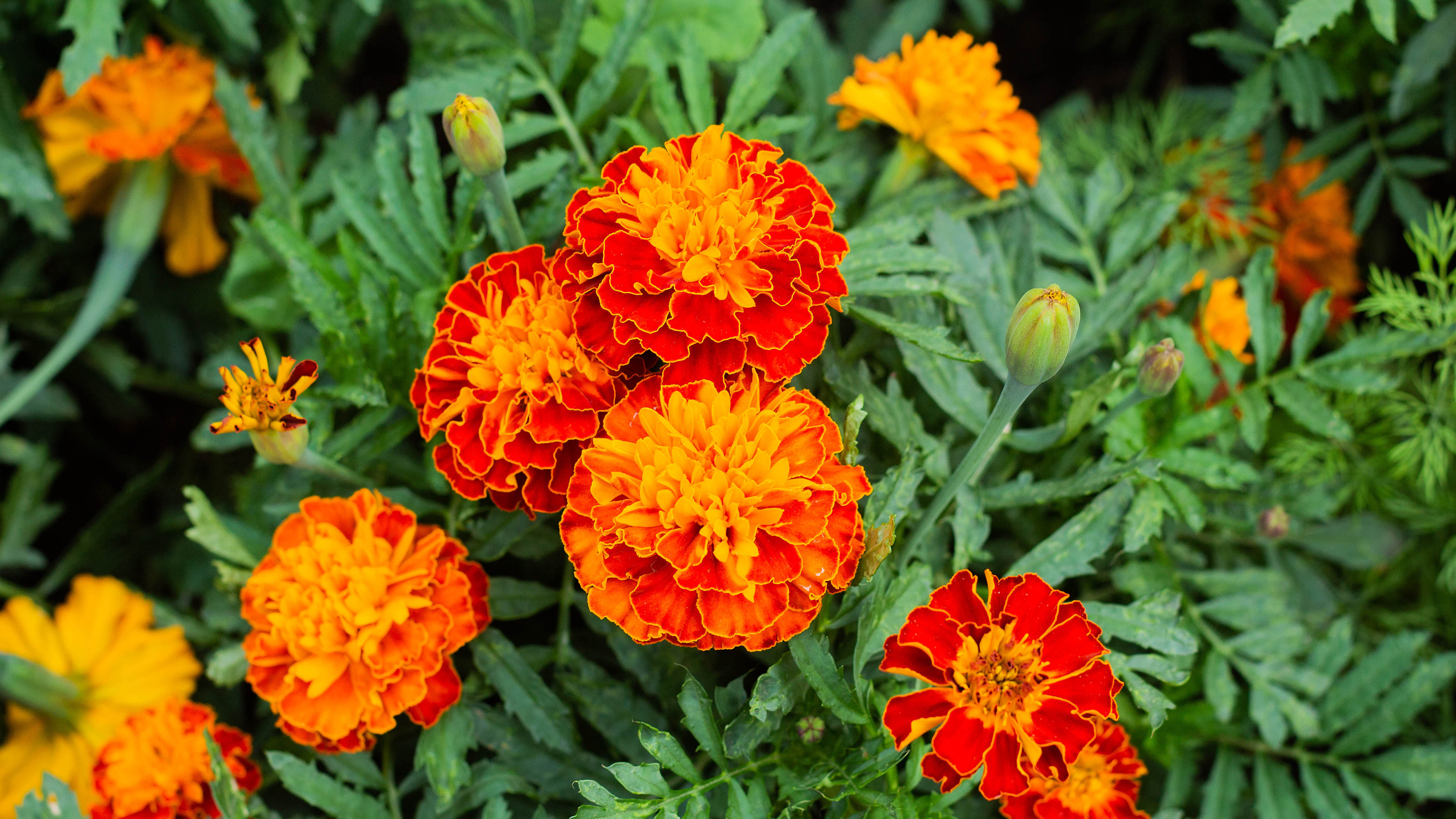
These vibrant flowers prefer direct sunlight, and cope well with temperature fluctuations. Marigolds are generally low-maintenance and only require watering once a week. Remember to allow the soil to dry out completely between watering, as their root systems will fail if sat in water for too long. With their warm, yellow hue, marigolds are a member of the sunflower family, and can bloom well into the fall, brightening up a dull garden.
How often should you water drought tolerant plants?
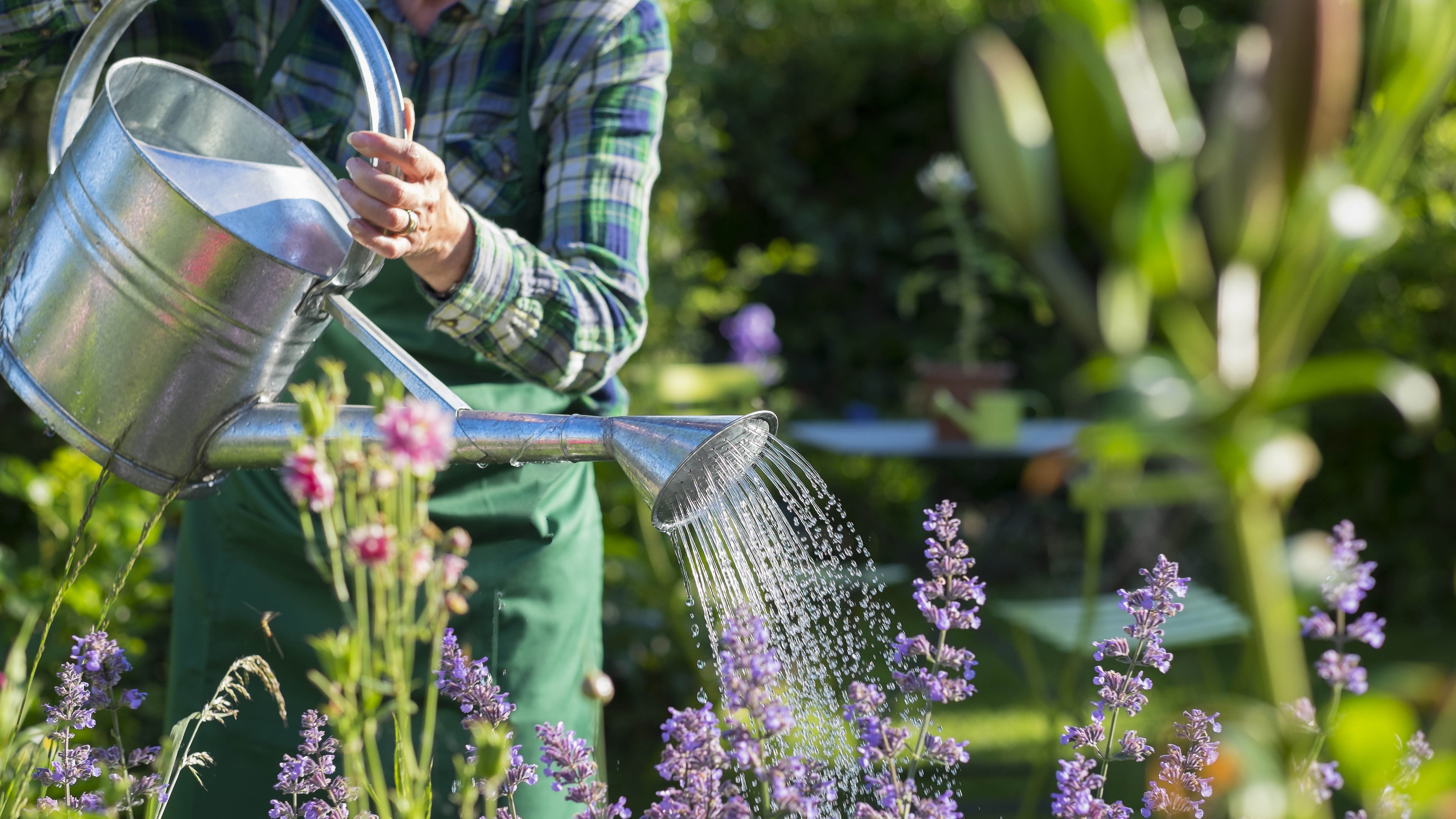
According to the experts, such plants should be watered thoroughly every 7-10 days. It’s recommended that you give a deep watering each time (watering down to 8 inches), and leave soil to dry out completely between watering. If the plant is sat in too much water for long periods, this could cause the plant to rot or kill the root system.
Check out our guides on how to care for succulents and how to repot succulents. We also cover how to care for air plants and deer resistant plants that will protect your garden from deer.
Also, if your lawn is brown and dry from the heatwave, you’ll definitely need to know how to revive dead grass and make it green again. And once you revive your dried lawn, be sure not to make any of these seven common lawn care mistakes and check out the best time to water your lawn according to the experts.
If you have favorite plants that are wilting, check out our top tips on how to save a dying plant.

As the Homes Content Editor, Cynthia Lawrence covers all things homes, interior decorating, and garden-related. She has a wealth of editorial experience testing the latest, ‘must-have’ home appliances, writing buying guides and the handy ‘how to’ features.
Her work has been published in various titles including, T3, Top Ten Reviews, Ideal Home, Real Homes, Livingetc. and House Beautiful, amongst many.
With a rather unhealthy obsession for all things homes and interiors, she also has an interior design blog for style inspiration and savvy storage solutions (get rid of that clutter!). When she’s not testing cool products, she’ll be searching online for more decor ideas to spruce up her family home or looking for a great bargain!
